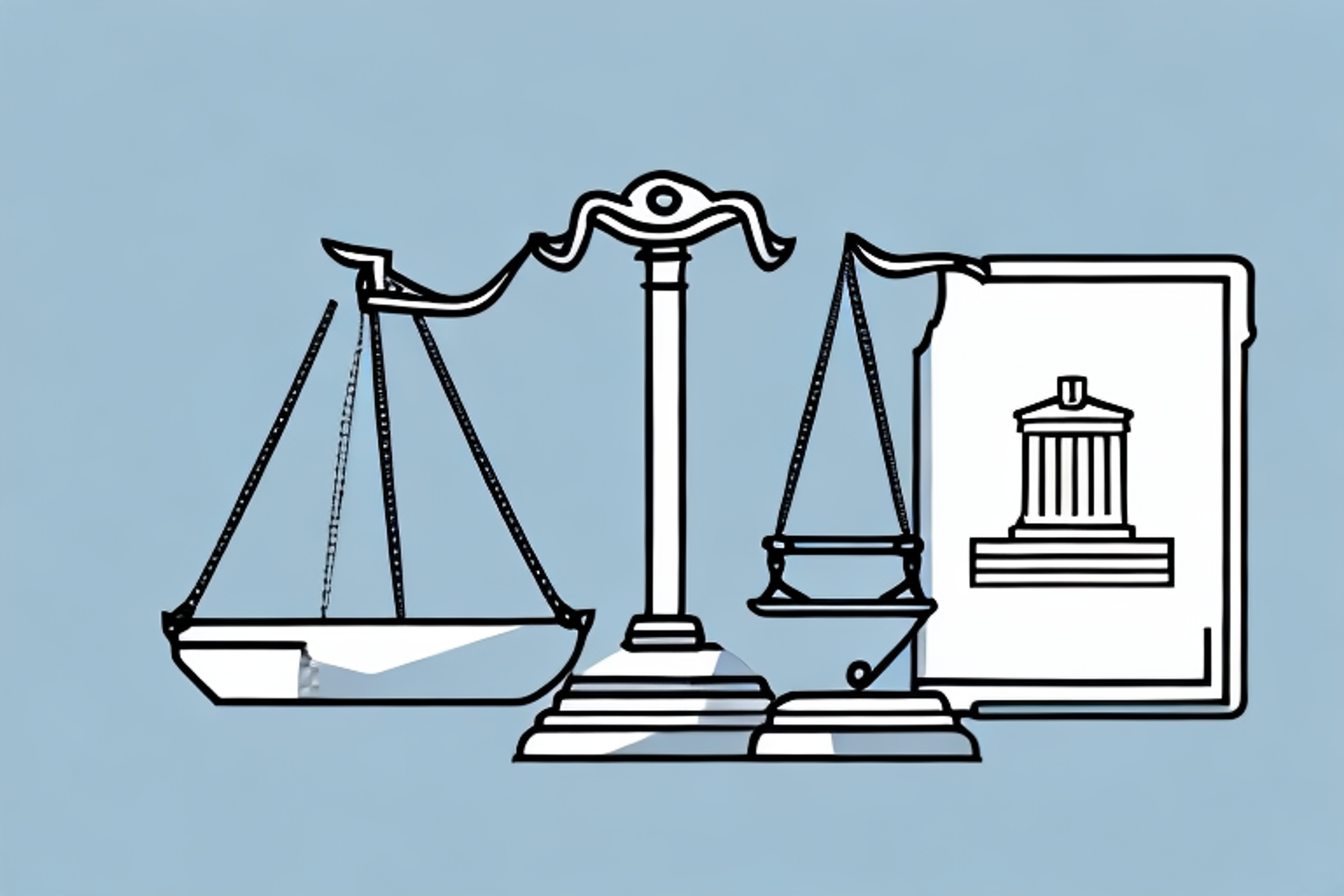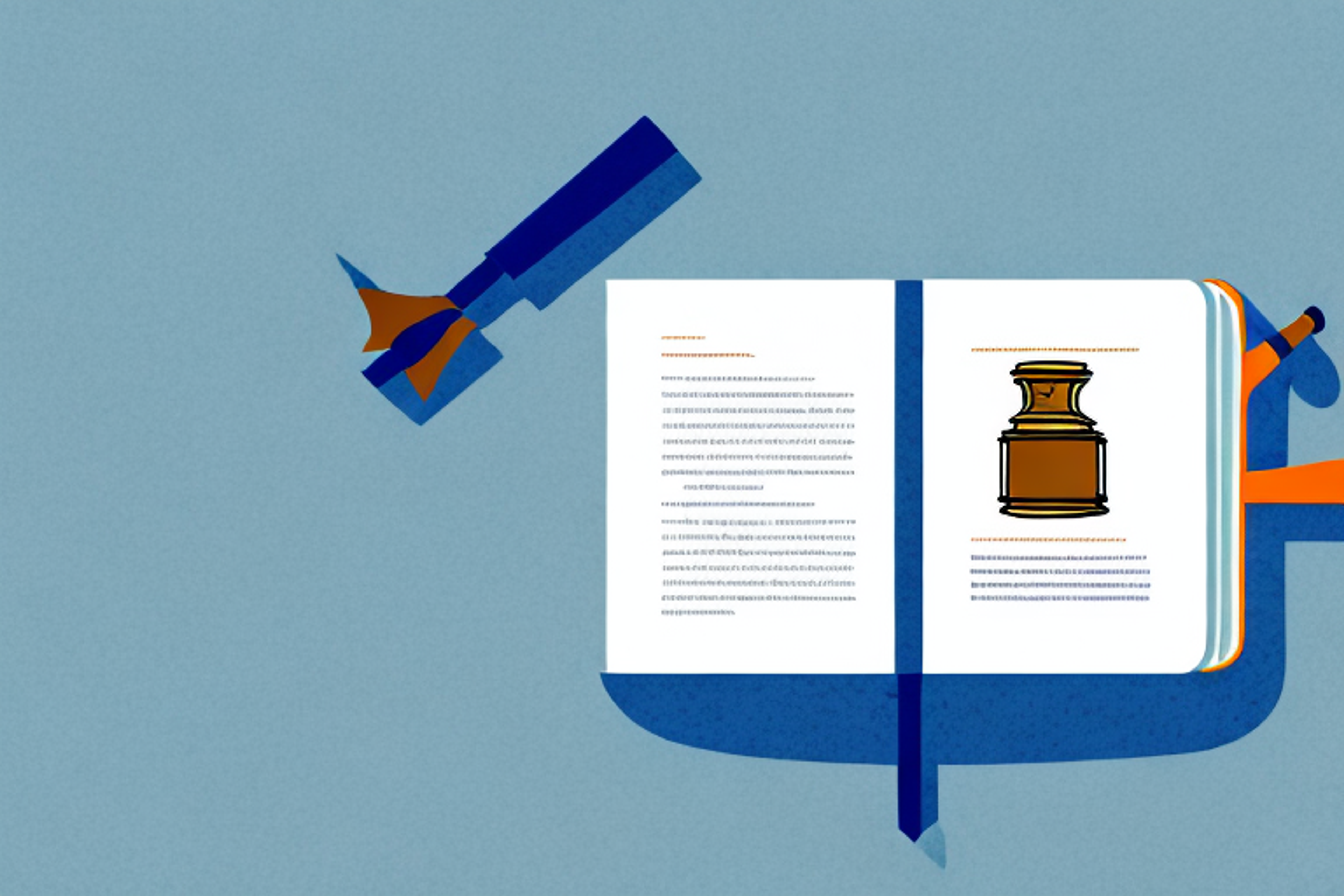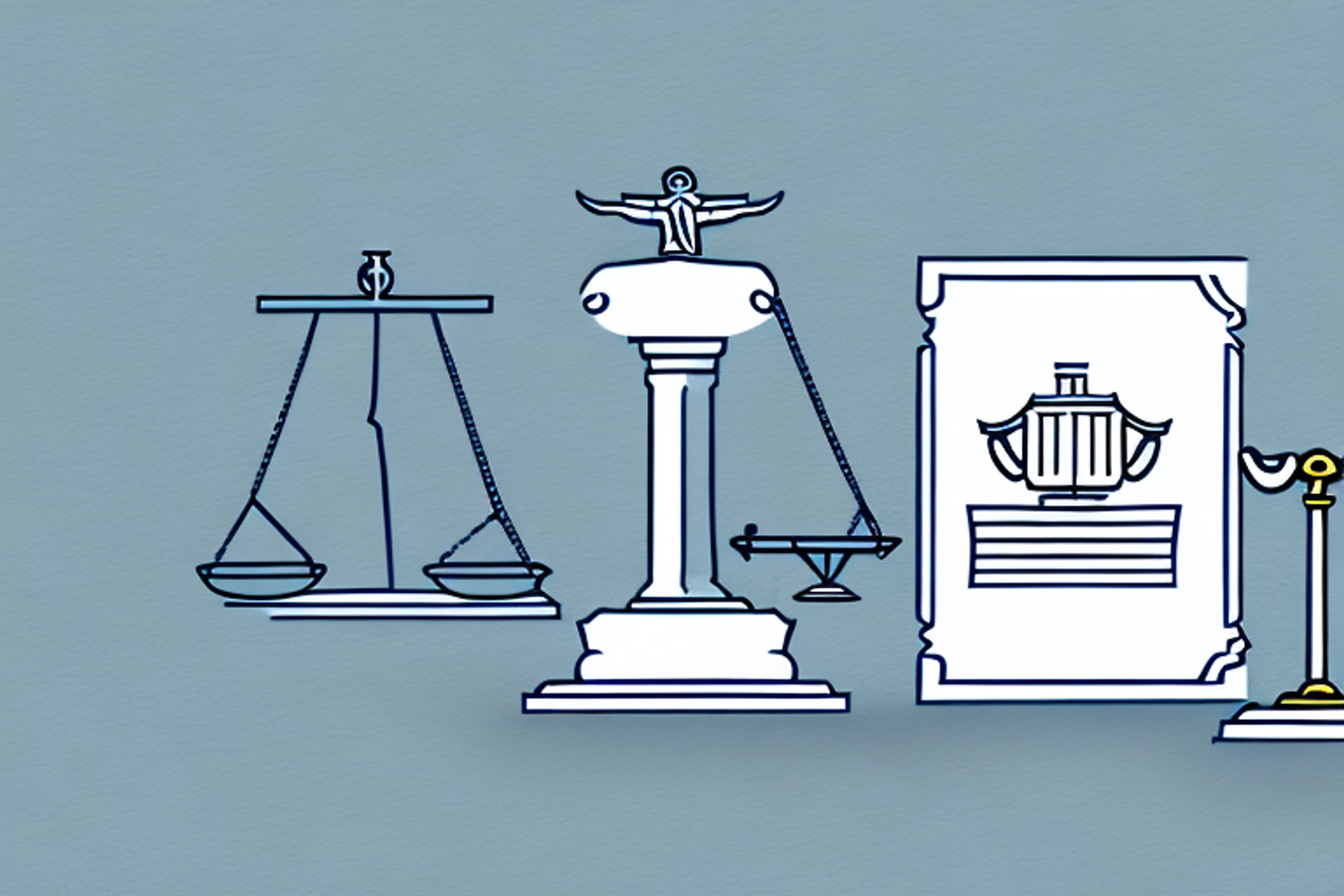Crafting a Winning Diversity Statement for Law School: Essential Tips
Crafting a winning diversity statement is crucial for law school applicants.
Posted June 13, 2025

Join a free event
Learn from top coaches and industry experts in live, interactive sessions you can join for free.
Table of Contents
As a law school applicant, you're probably familiar with the importance of your personal statement in the admissions process. However, you may not be aware that many law schools also require a diversity statement as part of their application package. In this article, we'll explore the ins and outs of crafting a winning diversity statement for law school.
Why Diversity Statements Matter in Law School Admissions
Diversity statements are a relatively new addition to the law school application process. They're designed to allow applicants to showcase their unique experiences, perspectives, and backgrounds. As law schools seek to create a more diverse and inclusive student body, the diversity statement serves as a valuable tool for identifying candidates who can contribute to this goal.
One of the key benefits of diversity statements is that they provide applicants with an opportunity to explain any challenges or obstacles they may have faced in their lives. This can include experiences of discrimination, poverty, or other forms of adversity. By sharing these experiences, applicants can demonstrate their resilience and determination, as well as their ability to overcome obstacles.
In addition, diversity statements can also help law schools to identify candidates who have a strong commitment to social justice and public service. Many law schools prioritize these values, and seek to admit students who are passionate about using their legal education to make a positive impact on society. By highlighting their experiences and values in their diversity statements, applicants can demonstrate their alignment with these goals and increase their chances of being admitted to their desired law school.
Understanding the Purpose of a Diversity Statement
The purpose of a diversity statement is to give you an opportunity to explain how your personal background and experiences have shaped your perspective and contributed to your values and goals. It's a chance to show law schools that you have a unique perspective that can add value to the classroom and the legal profession.
Additionally, a diversity statement can also demonstrate your commitment to promoting diversity and inclusion within the legal field. This can include discussing any volunteer work or advocacy you have done for underrepresented communities, as well as your future goals for promoting diversity in your career.
Furthermore, a well-crafted diversity statement can also help you stand out among other applicants. Law schools are looking for a diverse student body, and a strong diversity statement can show that you are a valuable addition to their community. It can also demonstrate your ability to communicate effectively and thoughtfully about complex issues, which is a valuable skill in the legal profession.
What Law Schools Look for in a Diversity Statement
When reviewing diversity statements, law schools are looking for candidates who can demonstrate a commitment to promoting diversity and inclusion within the legal profession. They also want to see evidence of your ability to think critically about complex issues and communicate your ideas effectively.
In addition to demonstrating a commitment to promoting diversity and inclusion, law schools also want to see how you have actively engaged with diverse communities and how you have contributed to creating a more inclusive environment. This could include participating in diversity-related organizations or events, volunteering with underrepresented groups, or advocating for marginalized communities. Your diversity statement should showcase your unique experiences and perspectives, and how they have shaped your understanding of the importance of diversity in the legal field.
How to Showcase Your Unique Perspective in Your Diversity Statement
When writing your diversity statement, it's important to highlight your key experiences, values, and goals that have shaped your perspective. However, it's also essential to demonstrate how these experiences have prepared you for the challenges of law school and the legal profession. Be sure to connect the dots between your personal background and your future aspirations.
One effective way to showcase your unique perspective in your diversity statement is to provide specific examples of how your background has influenced your approach to problem-solving and decision-making. For instance, if you come from a community that has faced systemic discrimination, you could discuss how this has made you more attuned to issues of social justice and equity. Alternatively, if you have experience working with diverse groups of people, you could highlight how this has given you a broader perspective on the world and a greater appreciation for different viewpoints.
Tips for Identifying and Highlighting Your Personal Background and Experiences
To identify the most impactful elements of your personal background and experiences, consider reflecting on the following questions: What are your unique experiences with diverse communities? How have these experiences shaped your perspective? What have you learned from them? How have you demonstrated your commitment to promoting diversity and inclusion?
Another important aspect to consider when identifying and highlighting your personal background and experiences is to think about your cultural heritage. What traditions, beliefs, or customs have been passed down to you from your family or community? How have these influenced your values and worldview? Sharing these aspects of your identity can help to showcase your unique perspective and contributions to a diverse community.
Additionally, it can be helpful to think about any challenges or obstacles you have faced in your life and how you have overcome them. This can include experiences with discrimination, prejudice, or other forms of adversity. Sharing these experiences can demonstrate your resilience and determination, as well as your ability to empathize with others who may have faced similar challenges.
Exploring Different Types of Diversity and How to Address Them in Your Statement
Diversity can take many forms, including racial and ethnic diversity, LGBTQ+ identity, socioeconomic status, disability, and more. When writing your diversity statement, consider how your personal experiences and perspective relate to each of these dimensions of diversity. Be sure to address those that most closely align with your own background and experiences.
It is important to note that diversity is not just about representation, but also about creating an inclusive environment where everyone feels valued and respected. In your statement, you can discuss how you have worked to promote inclusivity and equity in your personal and professional life.
Additionally, it is important to acknowledge the intersectionality of different identities and how they can impact one's experiences. For example, a person who identifies as both LGBTQ+ and a person of color may face unique challenges that someone who only identifies with one of those identities may not. In your statement, you can discuss how you navigate and address these intersections in your own life and how you plan to do so in your future endeavors.
Dos and Don'ts for Writing a Successful Diversity Statement
To ensure that your diversity statement is effective, keep the following dos and don'ts in mind:
- DO focus on your unique experiences and perspective.
- DO provide evidence to support your claims.
- DO make sure your statement is well-organized and easy to read.
- DON'T rely on cliches or platitudes.
- DON'T exaggerate your experiences or accomplishments.
- DON'T use your statement as a soapbox or a way to attack others.
Additionally, it is important to remember that a diversity statement is not just about highlighting differences, but also about promoting inclusivity and understanding. Therefore, DO emphasize how your unique experiences and perspective can contribute to a more diverse and inclusive environment. DON'T focus solely on your own experiences, but also acknowledge and respect the experiences of others. By doing so, you can demonstrate your commitment to creating a welcoming and inclusive community.
The Importance of Authenticity and Honesty in Your Diversity Statement
Perhaps the most important factor in crafting a successful diversity statement is authenticity. Law schools want to see the real you - not the person you think they want you to be. Be honest about your experiences and your perspective, and don't try to sugarcoat or exaggerate for effect. Your diversity statement should be an honest reflection of who you are and what you bring to the table.
Editing and Reviewing Your Diversity Statement: Best Practices for Polishing Your Final Draft
Before you submit your diversity statement, be sure to give it a thorough edit and review. Consider enlisting the help of a trusted friend, family member, or mentor to review your statement and provide feedback. Pay attention to grammar, sentence structure, and overall readability. Your final draft should be polished, professional, and error-free.
In addition to editing and reviewing for grammar and readability, it's important to ensure that your diversity statement effectively communicates your unique perspective and experiences. Consider including specific examples or anecdotes that illustrate your experiences with diversity and how they have shaped your worldview. Be sure to also highlight any relevant skills or experiences that demonstrate your ability to contribute to a diverse and inclusive community. By taking the time to carefully craft your diversity statement, you can showcase your strengths and stand out as a strong candidate.
Examples of Successful Diversity Statements from Law School Applicants
To get a better sense of what a successful diversity statement looks like, consider reading examples from other law school applicants. Many law schools provide samples of successful diversity statements on their websites or in their application materials. Take the time to study these examples and learn from the approaches and strategies that worked for other applicants.
Additionally, it may be helpful to seek out diversity statements from individuals who have been admitted to law schools that you are interested in attending. This can give you a better understanding of what specific schools are looking for in their diversity statements and how you can tailor your own statement to fit their criteria. You can often find these examples by reaching out to current law students or alumni, or by searching online forums and social media groups for law school applicants.
Common Mistakes to Avoid in Writing Your Diversity Statement
Some of the most common mistakes that applicants make when writing their diversity statements include: focusing too much on their own experiences without discussing their broader aspirations; using overly emotional or confrontational language; failing to provide concrete examples or evidence to support their claims; and failing to connect their personal background and experiences to the legal profession.
How to Use Your Diversity Statement to Stand Out from Other Applicants
By following the tips and strategies outlined in this article, you can create a diversity statement that helps you stand out from the crowd. Use this opportunity to showcase your unique perspective and experiences, and to demonstrate how you can contribute to a diverse and inclusive legal profession.
Conclusion: Key Takeaways for Crafting a Winning Diversity Statement
Crafting a successful diversity statement requires thought, reflection, and careful attention to detail. By focusing on your own personal background and experiences, and connecting them to your aspirations and goals, you can create a statement that showcases your unique perspective and potential. Remember to be authentic, honest, and professional, and to avoid common pitfalls like cliches and platitudes. With these tips in mind, you can craft a winning diversity statement that helps you stand out in the law school admissions process.
Browse hundreds of expert coaches
Leland coaches have helped thousands of people achieve their goals. A dedicated mentor can make all the difference.
















